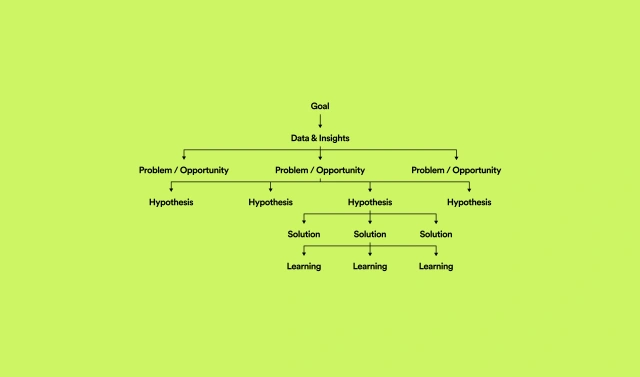Fully Homomorphic Encryptio (FHE) allows computation of still-encrypted data, without sharing the secrets. We’re already accustomed to data being encrypted while at rest or in flight—FHE offers the possibility of doing computations on it as well, without ever actually decrypting it. By Jim Salter.
FHE is a type of encryption that allows direct mathematical operations on the encrypted data. Upon decryption, the results will be correct. For example, you might encrypt 2, 3, and 7 and send the three encrypted values to a third party. If you then ask the third party to add the first and second values, then multiply the result by the third value and return the result to you, you can then decrypt that result—and get 35.
Fully Homomorphic Encryption offers many possibilities that Secure Encrypted Virtualization does not, however. Since all mathematical and logical operations can be built from additive and multiplicative operations, this effectively means that any computation can be performed upon FHE encrypted data. This opens a dizzying array of possibilities: one might search a database without ever letting the database owner know what you searched for or what the result was. Two parties might discover the intersection set of their separately held datasets without either party revealing the actual contents of their data to the other.
Although Fully Homomorphic Encryption makes things possible that otherwise would not be, it comes at a steep cost. The additional compute power and memory resources required to operate on FHE-encrypted machine-learning models—roughly 40 to 50 times the compute and 10 to 20 times the RAM that would be required to do the same work on unencrypted models. How exciting!
[Read More]
